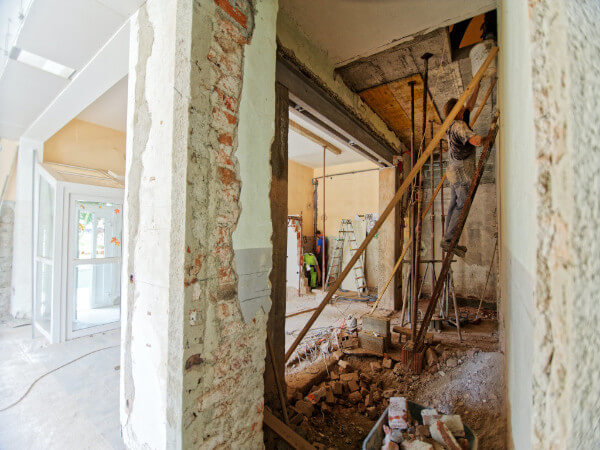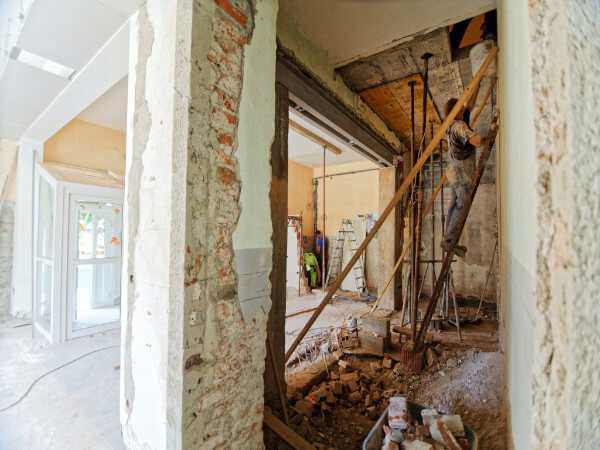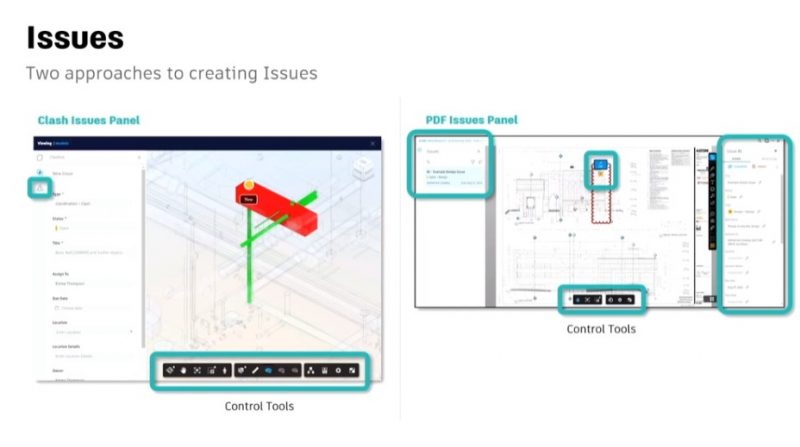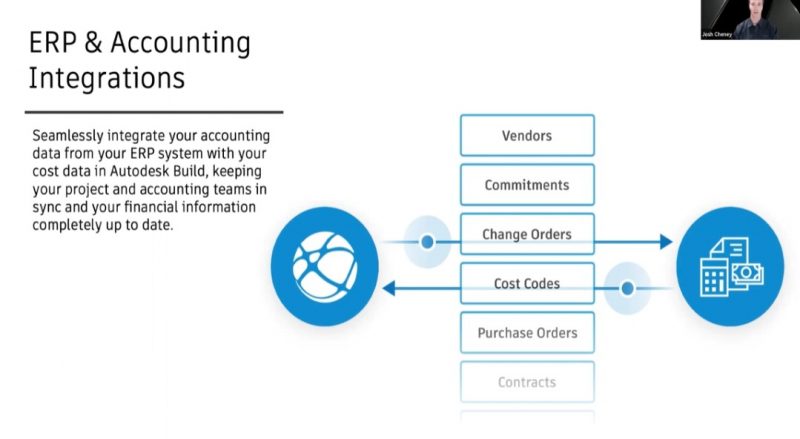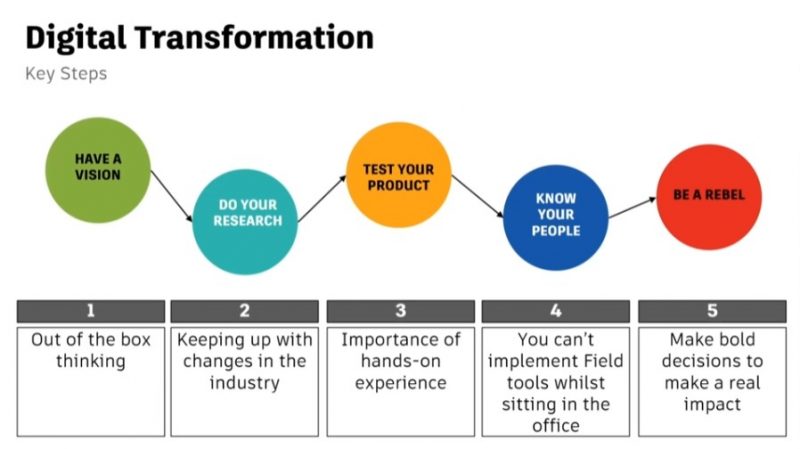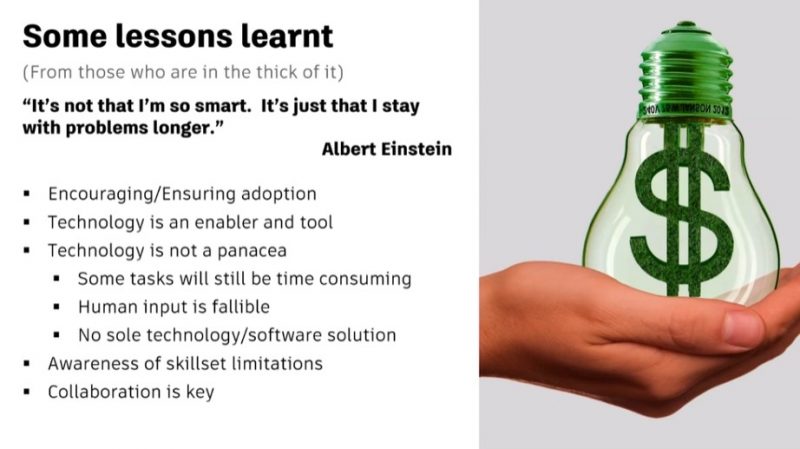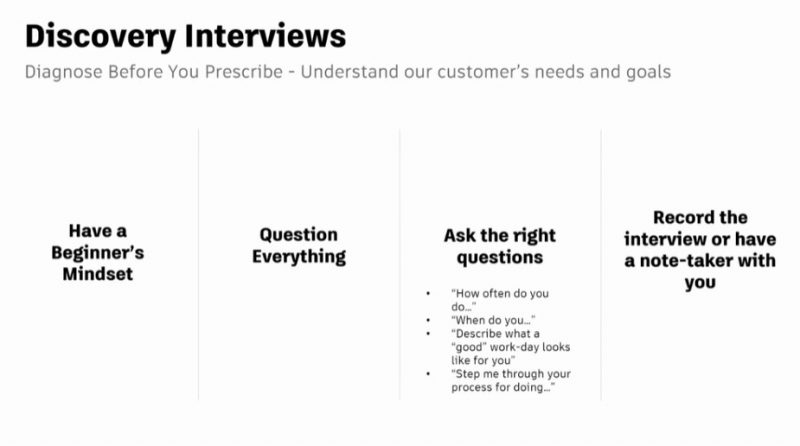Mechanical, electrical, and plumbing (MEP) systems are essential to commercial and residential buildings. In turn, MEP contractors are critical to modern infrastructure projects. These construction professionals work with arguably the most complex and technical aspects of the building process, which require expertise, careful planning, and strict execution.
Understandably, this complex role comes with unique challenges. MEP contractors work with a range of stakeholders and must skillfully communicate to builders how they’ll tackle project complexities while sticking to the timeline and budget. In recent years, MEP contractors have relied more heavily on emerging and established technologies to streamline workflows, increase collaboration, and improve outcomes. The most popular technologies are easy to deploy and deliver the greatest ROI. We’ve captured our favorite innovations to help address a range of potential obstacles including accessibility, productivity, and resource planning below.
Fabrication Software
Fabrication software is incredibly helpful in providing real-time insights for better decision making—from the shop to the field. It aids in spooling a model into its component parts for fabrication, tracking shop processes for assembly, and field processes for installation. The best software is flexible enough to handle a variety of different jobs without sacrificing the precision required to get the job done right.
With the construction industry continuing to set the bar higher on fabricators, the solutions are getting better too. It’s worth mentioning — just because a solution is more “advanced” doesn’t mean it’s more “difficult to use.” Below are three areas of fabrication software, with examples, to help paint a better picture of where this technology is going.
1. Automated Cutting Tools
MEP firms leverage fabrication software to win more profitable work by automating routine and time-intensive tasks. One company doing this well is Allied BIM. The innovation of their fabrication technology lies in its delivery of autonomous cutting stations. Automated cutting tools are designed to help fabricators synchronize cut lists to remote shop locations from their BIM 360 model packages. These tools help automate the positioning of cuts directly on the fabrication machines — helping to generate designs, eliminate messy cut lines, automate assembly and spooling processes, and reduce overall fabrication time.
Beyond automated cutting tools, Allied BIM’s Fabrication Suite offers powerful solutions to enhance the fabrication process by uniting teams across design, fabrication, and field deployment with a huge focus on enabling better prefabrication, tracking, and real-time communication with field employees.
2. Productivity Tracking Tools
One of the key challenges in construction productivity is that critical information often lives in silos. In other words, the information is often there but inaccessible to stakeholders who may not be aware of its existence. Productivity tracking software aims to resolve that.MSUITE, for example, allows an organization to provide transparency in progress while flagging any roadblocks that may be holding up a project. Through connecting BIM, fabrication and field teams, users are able to reduce costs, increase productivity, efficiency and safety.
With tools like MSUITE, MEP contractors can track, manage, and collaborate on improving efficiencies throughout each stage of a project life cycle. They allow management of spooling, fabrication, and even installation of premade items. This software makes it easier to monitor and track productivity with deep insights or at-a-glance reports.
3. Supply Chain Tools
MEP contractors benefit from having a more accurate picture of their resource needs. Once the design phase of a building is complete, supply chain and resource planning tools come into play. This is especially important for MEP contractors who often operate on tight budgets with resource-heavy commitments.
Software like Stratus, for example, allows contractors to more effectively meet and manage their supply chain needs. While offering a full suite of solutions for the entire BIM 360 process, we want to call out their Packages feature since we’re talking about supply chain tools.
In most cases, it’s unrealistic to put a barcode on every pipe and part, then scan every barcode at every phase in the shop. This is where Stratus’ innovative technology excels. Their software allows you to organize parts by Package in the model. By scanning a single part in the shop, all packaged parts are updated. This gives you insight into where they’re at, so you can more accurately determine when they’ll get to where they need to be.
Tools like this make it easier to measure and communicate project progress. Whether needing a high-level look or granular procurement numbers, supply chain tools provide detailed insights that can save a ton of time and money.
4. Project Management Software
Project management software is similar to productivity tracking software in that it allows detailed tracking, documentation, and reporting. However, project management tools diverge in that they focus on project progress, rather than progress along a sub process, like fabrication or installation. With these tools, you can monitor and track every stage of a project’s life cycle from simple task management to completions, dependencies, and roadblocks in a unified and holistic context.
Project management software like Autodesk Construction Cloud can help MEP contractors coordinate between the office and the field while centralizing data and documentation. Additionally, leadership can get a clear picture into progress with visuals of timeline goals and completions.
The connected platform acts as the single source of truth for design and build decisions by housing all data in a common data environment (CDE). Autodesk Construction Cloud also has a robust ecosystem of integration partners, enabling the platform to serve as the foundation for a connected technology stack. This enables MEP contractors to seamlessly leverage comprehensive construction management software in tandem with a more trade-specific tool. For instance, Autodesk Construction Cloud can also be integrated with trade-specific project management software such as eSUB. The software is designed to help subcontractors standardize their project management process. By leveraging preconfigured forms on the jobsite for MEP work, subcontractors can work more efficiently and reduce costs, errors, and time spent redundantly tracking down progress of tasks.
5. Construction Layout Software
Next up in MEP innovations, we have construction layout software. Specifically, the software helps contractors plot out an easy-to-follow plan by knowing what goes where on any site. No guesswork. This also mitigates a very real concern of collision tracking. It provides building-critical insights for every step of the project and allows complete transparency into the complex workings of MEP.
One noteworthy construction layout tool is Leica iCON, of the famous Leica cameras. It allows contractors to verify MEP parts that have been installed in the building. Through integration with Autodesk, MEP contractors can ensure crews are working with the most up-to-date design and that their teams have accurate field data. Being able to cross every ‘t’ in a highly complex build is essential. As Leica iCON notes, “fast, accurate verification in building construction is a significant concern for our customers.” Being able to share accurate design and field data seamlessly helps to streamline critical MEP workflows.
6. Augmented Reality Technology
Augmented reality (AR) “superimposes digital information in a user’s view of the real world, allowing you to see real and digital worlds together.” It’s an exciting time for construction. For MEP contractors, this might look like holding up a tablet and seeing piping plans overlay your view from the camera. It’s hard to think of a better way to step into the future and visualize the different stages of a project. Ease of use is a priority and these innovations have a pretty good head start. They’ve been made possible using the same technology being used in video game development, filmmaking, automotive design, and architecture.
VisualLive is one of the AR technologies bringing the future to MEP contractors. Its HoloLive

product works with Microsoft’s HoloLens and headsets to overlay 3D CAD files on jobsites. Through the mixed reality technology, contractors can see their plans right on-site, in real time. All a contractor has to do is adapt their hard hat and put on some glasses to see their MEP plans in “real life”.
The benefits of AR technology like VisualLive, for MEP contractors, includes everything from increased safety and cost reduction to acceleration of strategic decision-making. The hands-free sets provide a safe way to communicate on-site with stakeholders to discuss progress, resource needs, and site risks.
7. Bid Management Software
Today, managing and submitting bids is about more than volume and speed. You don’t want another contractor swooping in because you’re lost in your own numbers. MEP contractors need to be able to assess cost and risk as well as ensure accuracy. Bid management software can help contractors increase the success rate of bids by allowing for quick adjustments.
Powerful preconstruction tools, like BuildingConnected, help owners and builders more quickly assess cost and risk before embarking on a project. MEP contractors can track and maintain current projects while gathering insights into their overall bidding performance to achieve better overall outcomes.
The Value of These Innovations Extend to the Construction Industry at Large
For MEP contractors, these technologies not only bring value, but help firms tap into innovations that save time and money on projects. These innovations also drive the potential for profits in the long term by increasing accessibility to complex processes, enhancing the visibility of data, and allowing for efficient scaling of their businesses.
Learn how Autodesk Construction Cloud integrates with these products and others in our ecosystem on our website.
The post 7 Advancements in MEP Tech that Make Life Easier on Contractors appeared first on Digital Builder.


